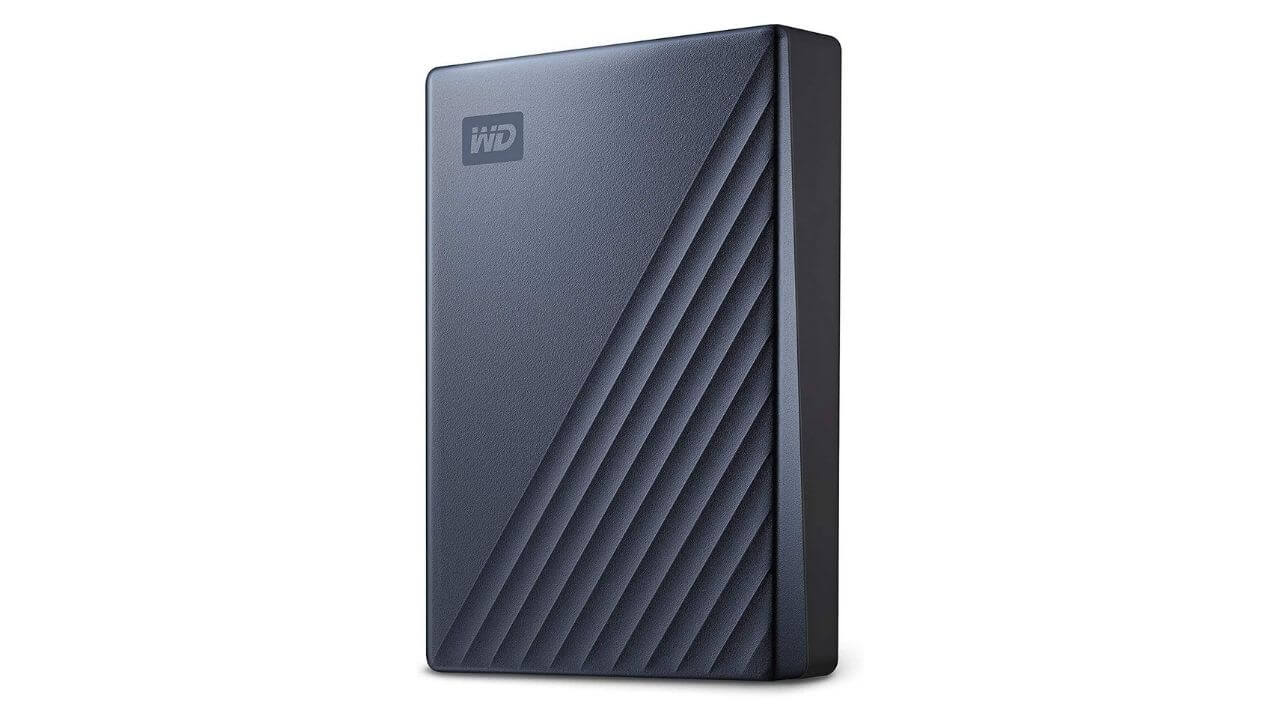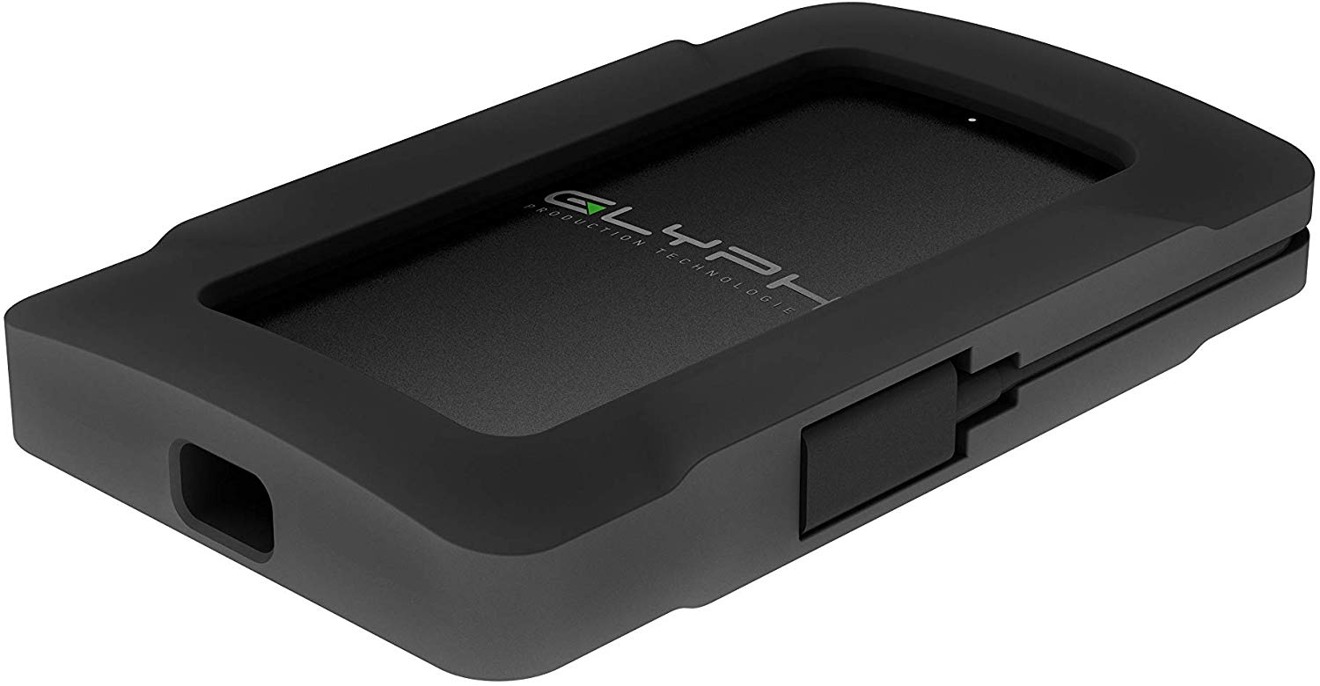



Moreover, external hard drives are typically designed to be portable and rugged, so they can go everywhere you go.Īlthough it is possible to upgrade the storage space on a Mac or MacBook before you hit the buy button, Apple computers are pricier than ever, and boosting their components inside will charge you a premium. Plus, because hard drives are cheaper than solid-state drives, you can have more storage capacity for less money. And, while a case can certainly be made for S SDs – creative professionals will appreciate their faster read and write speeds and more robust build – they're an excellent solution for budget-minded folks who don't need anything speedy. Now that USB 2.0 has been banished from all self-respecting storage, we find USB 3 as the standard for connection, letting these portable drives perform as quickly as the little disks inside will allow.An excellent external hard drive for your Mac lets you expand your computer's storage without losing a lot of cash. Some portable drives include software that can help automate this process, keeping your selected directories in sync whenever you plug in the drive or by a daily schedule.

You may be able to keep a perfect clone of your entire computer’s internal drive, on standby and ready in the event that the computer is lost or its drive should malfunction.Īlternatively, you may choose just to back up the most important files and documents from your user libraries, such as text documents, photos, films, music and stored email. Off-loading your music collection alone from a computer to a portable drive can be a godsend in freeing valuable space if your laptop has limited storage.Īnother popular application of portable storage is for keeping critical backups of your data held on a PC or laptop. Even the smallest portable drives are likely to be 128GB in size, which is enough to space thousands of CD albums in lossless FLAC format, or even more in lower quality MP3 or AAC formats.


 0 kommentar(er)
0 kommentar(er)
